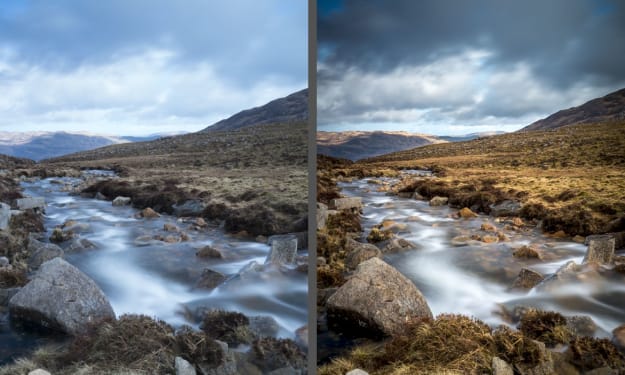Mastering the Art of Photography: Essential Tips
A Comprehensive Guide to Elevate Your Photography Skills

Photography is a blend of science and art, requiring technical know-how and a creative eye. Whether you’re a novice or looking to refine your skills, these tips will help you capture stunning images.
1. Understand Your Equipment
Know Your Camera: Whether you're using a DSLR, mirrorless camera, or a smartphone, familiarize yourself with its features. Read the manual, explore the settings, and practice using different modes.
Lenses: Different lenses serve various purposes. A wide-angle lens is great for landscapes, while a telephoto lens is ideal for wildlife and sports. Prime lenses, with fixed focal lengths, are often sharper and better in low light.
Tripod: A sturdy tripod is essential for low-light conditions, long exposures, and ensuring sharpness in your photos.
2. Master the Basics of Composition
Rule of Thirds: Divide your frame into a 3x3 grid. Place the main subject along these lines or at their intersections to create balanced and engaging photos.
Leading Lines: Use natural lines to guide the viewer's eye through the image. Roads, rivers, and architectural elements are excellent for this.
Framing: Look for natural frames within your scene, like windows, doorways, or trees, to add depth and focus to your subject.
Negative Space: Don't be afraid to leave empty space around your subject. It can create a more dramatic and impactful image.
Symmetry and Patterns: Symmetry can be visually appealing, and patterns can add interest. Break the pattern with your subject for a striking effect.
3. Lighting is Key
Golden Hour: Shoot during the golden hour (just after sunrise or before sunset) for soft, warm light that enhances colors and textures.
Avoid Harsh Midday Sun: Midday sunlight can be harsh and create unwanted shadows. If you must shoot during this time, seek shade or use a reflector to diffuse the light.
Use Natural Light: When shooting indoors, position your subject near windows to utilize natural light. Experiment with the direction and intensity of the light.
Artificial Lighting: For studio photography, learn to use flashes, strobes, and continuous lighting. Softboxes and diffusers help create soft, even lighting.
4. Understand Exposure
Aperture: Measured in f-stops, the aperture controls the amount of light entering the camera. A wider aperture (low f-number) creates a shallow depth of field, blurring the background. A narrower aperture (high f-number) keeps more of the scene in focus.
Shutter Speed: The duration the camera’s sensor is exposed to light. Faster shutter speeds freeze motion, while slower speeds can create motion blur. Use a tripod for long exposures.
ISO: The sensitivity of the camera’s sensor to light. Lower ISO values produce clearer images, while higher values can introduce noise. Adjust ISO according to lighting conditions.
Exposure Triangle: Balance aperture, shutter speed, and ISO to achieve the correct exposure. Understand how changing one affects the others.
5. Post-Processing
Editing Software: Learn to use editing software like Adobe Lightroom or Photoshop. Basic adjustments like cropping, exposure correction, and color grading can enhance your photos.
Don’t Overdo It: Aim for natural-looking edits. Avoid over-saturation and excessive sharpening, as they can detract from the photo’s quality.
RAW Files: Shoot in RAW format for maximum flexibility in post-processing. RAW files retain more detail and allow for better adjustments than JPEGs.
6. Practice and Experimentation
Shoot Regularly: The more you practice, the better you become. Take your camera everywhere and challenge yourself with different subjects and lighting conditions.
Experiment: Try different genres of photography – portrait, landscape, macro, street, etc. Experiment with angles, perspectives, and techniques.
Critique and Learn: Join photography communities and forums. Share your work and seek constructive criticism. Learn from others and analyze great photos to understand what makes them stand out.
7. Develop Your Own Style
Be Inspired, Not Imitative: While it’s good to draw inspiration from other photographers, develop your unique style. This comes from experimenting and understanding what you enjoy photographing the most.
Consistency: Once you find your style, maintain consistency in your work. This helps build a recognizable portfolio.
Photography is a journey of continuous learning and creativity. By understanding your equipment, mastering composition, and practicing regularly, you can significantly improve your skills. Remember, the best camera is the one you have with you, so keep shooting and enjoy the process of capturing moments and telling stories through your images.
About the Creator
Enjoyed the story? Support the Creator.
Subscribe for free to receive all their stories in your feed. You could also pledge your support or give them a one-off tip, letting them know you appreciate their work.






Comments
There are no comments for this story
Be the first to respond and start the conversation.